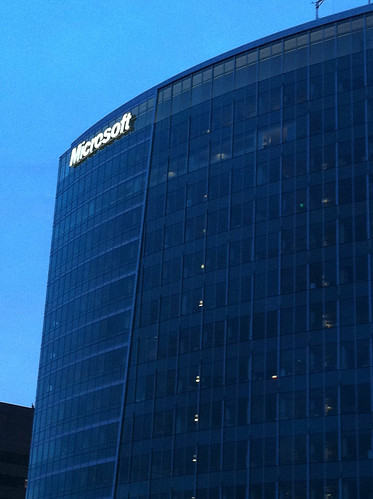Microsoft Planner Review 2023: Features, Pros And Cons
Microsoft #Microsoft

At its core, Microsoft Planner is a task management application. You can easily create to-do lists, checklists and projects. The Kanban, charts and calendar views are intuitive for anyone to use and give a clear view of the tasks at hand. Although the features are fewer than other project management tools, they are effective for simple projects.
Role Assignment Features
It took years for Microsoft to add a task assignment feature. Now you can create a task and assign it to a user either via Planner or Teams. Even more helpful is that you can assign a task to multiple users (up to 11). You cannot separate sections of a task, though. So if one person marks a task as complete, it marks it as complete for all users.
Multiple Project Views
Microsoft Planner offers three views for projects and tasks. You can use a Kanban board that has a classic interface with columns, known as buckets, and cards for tasks, and you can simply drag and drop the cards as the work flows. There’s a charts view that gives you a visual representation (pie and bar charts) of tasks, buckets and user availability. The calendar view is labeled as a schedule view, which simply shows the tasks with due dates on a calendar.

Software Integrations
One of the best things about Microsoft Planner is that it’s a part of the Microsoft 365 family of apps. The integrations with Office products, Teams and Outlook, for example, are seamless. There are also optional integrations with apps such as Slack and Zapier. Compared to some of the best task management apps, Microsoft Planner has fewer integrations, though.